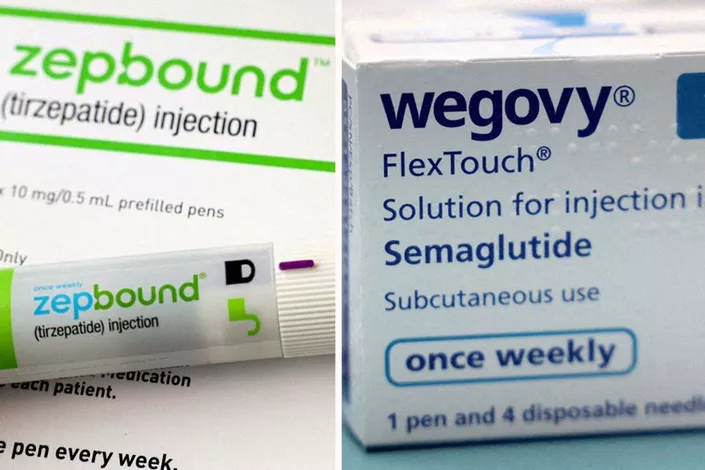Since the launch of its popular weight-loss drug Wegovy in 2021, Novo Nordisk has consistently raised its sales forecasts. The drug’s success contributed to making Novo Europe’s most valuable listed company, with a peak worth of $615 billion. However, recent data showing a slowdown in U.S. prescriptions has raised concerns about the company’s future growth.
In February, the Danish pharmaceutical giant predicted sales growth of 16% to 24% in 2025, a much slower rate than previous years. This has led some analysts and investors to doubt the company’s optimistic outlook, suggesting that even this revised target might be too high. They believe Novo could lower its guidance when it reports its first-quarter results on May 7.
Novo Nordisk had previously increased Wegovy supplies to meet U.S. demand, but prescription data from IQVIA reveals a plateau in U.S. Wegovy prescriptions since mid-February. Additionally, competition from Eli Lilly’s obesity treatment, Zepbound, is intensifying. Zepbound prescriptions outpaced Wegovy by 128,000 during the week ending April 11.
Moreover, Novo and its competitors could face challenges related to U.S. trade policies under President Donald Trump’s administration. Analysts are divided on the company’s outlook, with a consensus expecting 2025 sales to rise by 19%. However, Bank of America analysts predict a more modest increase, with guidance potentially lowered to a range of 14%-22%. This would represent the slowest growth for Novo since 2021.
The company’s struggles are further compounded by disappointing clinical trial results for its next-generation drug, CagriSema, and stiff competition from Eli Lilly in the obesity drug market. Since December, Novo’s market value has dropped by $230 billion, or 45%.
However, some analysts expect Wegovy and Ozempic prescriptions to recover once the U.S. Food and Drug Administration (FDA) enforces a ban on copies of these drugs. The FDA has given pharmacies until May 22 to stop producing compounded versions of Wegovy, which have been estimated to account for 30% of semaglutide supply in the U.S. Novo believes this could shift demand back to its own products.
Yet, not all analysts are optimistic. Berenberg analyst Kerry Holford cautions that Novo may not capture all of the compounded demand, and some customers could turn to Eli Lilly’s Zepbound due to affordability concerns.
The company’s challenges are reflected in the stock market, where Novo’s shares experienced their largest monthly drop in March since July 2002. The decline worsened in April following news that Lilly’s experimental drug orforglipron performed as well as Ozempic in a clinical trial, leading to a significant jump in Lilly’s stock price.
Despite these challenges, some investors remain hopeful. Lucy Coutts, an investment director at wealth manager JM Finn, noted that analysts are divided on Novo’s future, suggesting that the company may still have a path to recovery.
Related topics:


